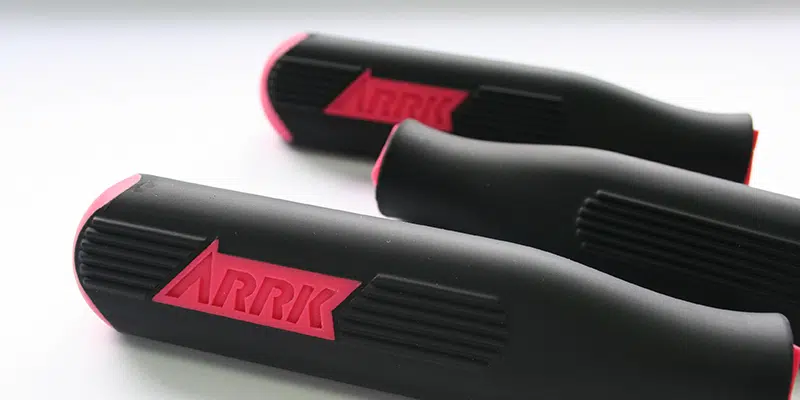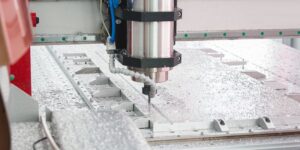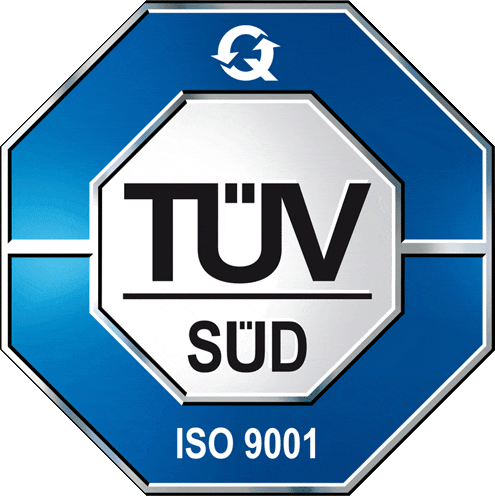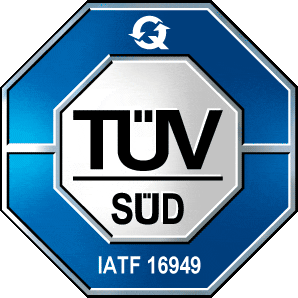Are you a business manager looking to lower your research and development costs? If so, then the casting process may be a cost-effective solution. But what is the casting process and how can it help reduce product development costs? Let us tell you how the casting process helps lower R&D production costs in your product development strategy.
The casting process is used in many industries as a cost-saving manufacturing option that allows businesses to produce parts quicker than traditional manufacturing. ARRK Asia has seen time and time again urethane casting to be an effective tool for reducing production time, eliminating unnecessary steps, and decreasing material waste—all important components of lowering research and development costs.
Get on-time product delivery at lower costs with ARRK Asia’s castings
For businesses looking for ways to save on their research and development budget, the casting process can provide them with the resources they need. In this article, we will explore how the casting process can help lower research and development costs by reducing production time, minimizing material waste, streamlining processes and increasing efficiency.
Casting processes with ARRK Asia are an ideal way to efficiently produce complex-shaped parts quickly, decreasing the amount of time it takes for product launches.
With ARRK’s casting capabilities, companies can create components faster with fewer resources than traditional methods. Here’s a look at how businesses can benefit from using casting processes with ARRK:
Identify Your Requirements: Deciding what characteristics you’re looking for and what type of materials are needed can help narrow down the variety of casting techniques available.
Design the Part: Using a computer-aided design (CAD) system, you can optimize components and reduce material costs. Utilizing 3D printing can help refine parts before producing large quantities as it allows for quick prototypes to be produced in small quantities.
Select a Casting Method: Different manufacturing methods involve different molds, and depending on your situation, these options will vary widely. Be sure to consider pertinent factors like volume production rate and cost before making your final selection.
Estimate Casting Quantity: Match the estimated quantity to the different types of molds that are available for each process so that the mold configuration is optimal. This will reduce cases where tooling needs to be replaced after a certain number of uses, helping lower research and development costs by allowing for mass production without retooling or replacement parts over time.
Choose the Optimal Mold Material: Ensure that optimum mold materials are used when searching for ways to reduce research and development costs, as these materials have a greater impact on labor efficiencies, part cost and yield rate than processes or component designs sometimes do.
Develop Testing Protocols: Develop testing protocols prior to production in order to simulate conditions prior to running actual tests in the lab on completed products, rather than wasting costly prototype components with evasive errors or unanticipated issues during prototyping stages.
Monitor Pre-Production Operations: Continuous monitoring and adjustments of pre-production operations during sample runs can help identify potential problem areas as well as any related cost savings opportunities which result from adjusting certain parameters within the casting process accordingly.
Improve Production Efficiency and Reduce Overall Cost
By using rapid prototyping technology provided by ARRK, businesses can reduce the need to make expensive molds or tooling which significantly cuts down production times for prototypes and parts. It also increases accuracy plus quality control levels as each component produced is identical in terms of shape and size to the original design.
Using technology such as 3D printing is how the casting process helps lower R&D production costs. In short, it is thanks to this process that it helps in fine tuning production elements from patterns to ceramic shells used in sand casting molds before going into mass-production phase – thus eliminating wastage due to faulty moldings that could happen on traditional methods.
The decision makers at ARRK Asia have seen an increase in productivity, enabling companies working with the team to make decisions quickly on production, such as integrating new equipment and looking for better vendors and partnerships than those traditionally used. Become one of the success stories by contacting us today!







